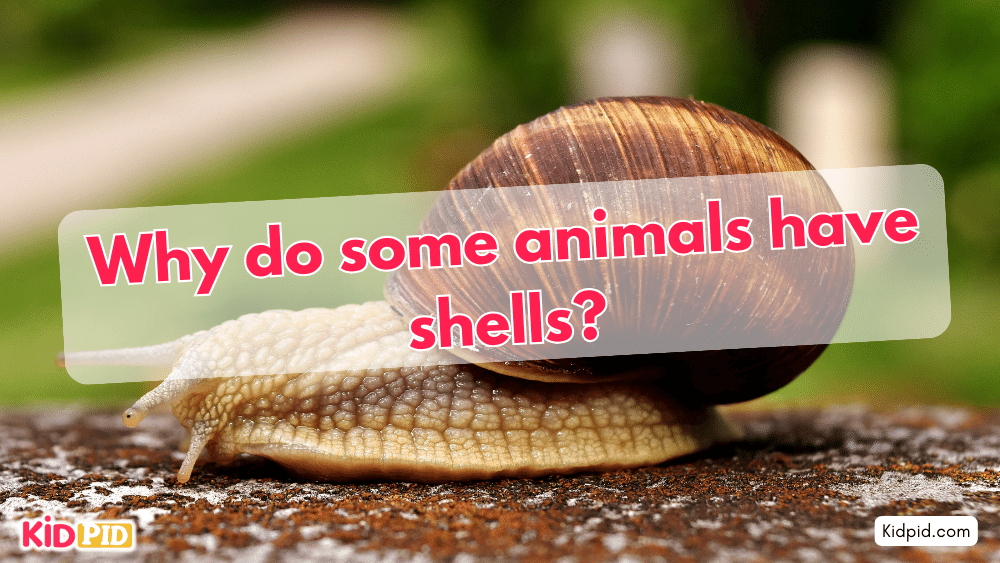Why do some animals have shells?

Some animals have shells for protection against predators, and harsh environmental conditions, and to support their body structures. Shells act as a protective barrier, shielding animals like turtles and snails from predators and harsh environmental conditions.
Contents
MCQs
1. Which of these animals does not typically have a shell?
A) Turtle
B) Snail
C) Rabbit
D) Crab
2. What material is the shell of a snail primarily made of?
A) Wood
B) Calcium carbonate
C) Plastic
D) Metal
Answer: B) Calcium carbonate
Explanation: Snail shells are primarily made of calcium carbonate, which provides strength and structure to the shell.
3. How do turtles use their shells?
A) As a home to sleep in
B) As a flotation device
C) For protection from predators
D) To attract mates
Answer: C) For protection from predators
Explanation: Turtles use their shells as a form of protection. When threatened, many turtles can retract their limbs and head inside their shells to defend against predators.
4. What is the shell of a crab called?
A) Exoskeleton
B) Endoskeleton
C) Carapace
D) Mantle
Answer: C) Carapace
Explanation: The shell of a crab is called a carapace. It is a type of exoskeleton that covers and protects the crab’s body.
5. Why are shells important for hermit crabs?
A) They use them to catch food
B) They live in them for protection and shelter
C) They use them to communicate
D) They collect them as a hobby
Answer: B) They live in them for protection and shelter
Explanation: Hermit crabs use shells from other animals, like snails, for protection and shelter, as they do not grow their shells.
6. Can animals with shells grow new ones if they lose their old shell?
A) Yes, always
B) No, never
C) Only certain animals can
D) Only in water
Answer: C) Only certain animals can
Explanation: Some animals, like hermit crabs, can switch to a new shell if they outgrow or lose their old one. However, animals like turtles cannot grow a new shell if their original one is severely damaged.
Read More






Responses